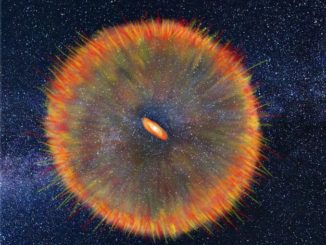
star formation



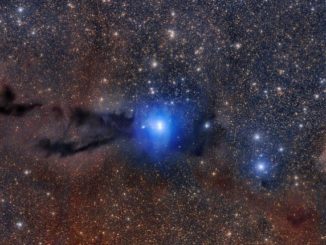
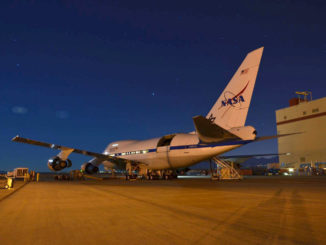

Cosmic snake pregnant with stars
This Hubble Space Telescope image reveals the Cosmic Snake, a distant galaxy peppered with clumpy regions of intense star formation that appear warped by the effect of gravitational lensing. This giant arc-like galaxy is actually behind the huge galaxy cluster MACSJ1206.2-0847, but thanks to the cluster’s gravity, we can see it from Earth.

Forming stars in the early universe
The first stars appeared about 100 million years after the Big Bang. When the universe was about 3 billion years old, star formation activity peaked at rates about ten times above current levels. Why this happened, and whether the physical processes back then were different from those today, are among the most pressing questions in astronomy.
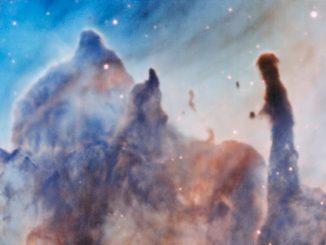
‘Pillars of destruction’ in the Carina Nebula
Spectacular new observations of vast pillar-like structures within the Carina Nebula have been made using the MUSE instrument on ESO’s Very Large Telescope. The different pillars analysed by an international team seem to be pillars of destruction — in contrast to the name of the iconic Pillars of Creation in the Eagle Nebula, which are of similar nature.

Hubble sees a ‘nuclear ring’ of star formation in galactic merger
While NGC 278 may look serene, it is anything but. The galaxy is currently undergoing an immense burst of star formation as revealed in this NASA/ESA Hubble Space Telescope image. However, NGC 278’s star formation is somewhat unusual: why is it only taking place within an inner ring some 6,500 light-years across and not extend to the galaxy’s outer edges?
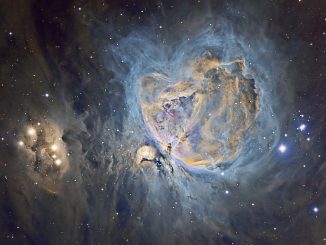
The secret life of the Orion Nebula
Space bears witness to a constant stream of star births. Whole star clusters are often formed at the same time — and within a comparatively short period. Researchers from the Max Planck Institute for Astronomy in Heidelberg have proposed a new mechanism that relies on the interplay between magnetic fields and gravitation to explain this quick formation, investigating a filament of gas and dust which also includes the well-known Orion Nebula.
